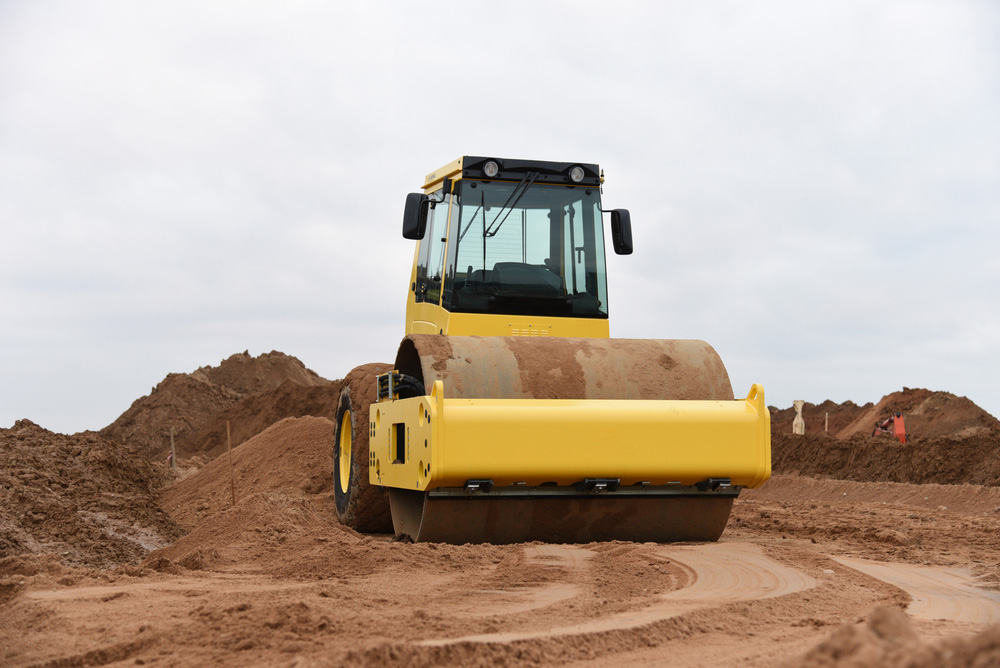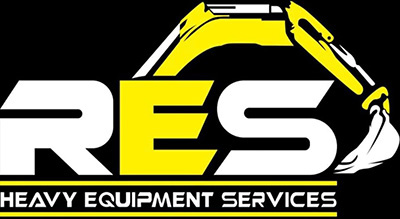Soil compaction may not be the most exciting topic, but it’s an important part of completing a successful construction project. If soil compaction isn’t done properly, the soil could settle (which can lead to unnecessary maintenance costs and even structural failure). Almost all types of building sites and construction projects use mechanical compaction techniques, so they can make sure this step is done right the first time. There are different types of compaction equipment that can be suited for a number of different applications, but the end goal is always the same. They’re used to remove any air voids from the soil by applying force to the ground. In mechanical soil compaction, the natural process of soil settling is accelerated. In some cases, it makes construction possible in areas that may not be naturally suitable for building.

Types of Compaction Equipment
There are three main types of compaction equipment:
- Rammers — They deliver a high-impact level of force, which makes them an excellent choice for cohesive and semi-cohesive soils. Rammers get their compaction force from a small gasoline or diesel engine, which powers a piston set with two sets of springs. They’re also inclined at a forward angle, which allows for forward travel as the machine jumps.
- Plate Compactors — They have low-amplitude and high-frequency vibratory plates that can be used to compact granular soils and asphalt. They’re also easy to maneuver in tight and more confined areas (such as in trenches, along walls, and around pipes). A forward directional plate will have one exciter shaft with an eccentric weight that generates the centrifugal force needed to move the plate forward. With a reversible plate, there will be two exciter shafts that are equipped with eccentric weight. They’re timed in a way that will allow you to turn them in the opposite direction, with the same force that carried the plate forward working in reverse.
- Trench Rollers — They have a width of 24-34 inches, depending on the manufacturer. They can be used for foundations, curbs and walls, as well as for doing general site prep. While they work in the same way as reversible plates, they will typically have only one exciter shaft in the center of the machine. Unlike reversible plates (which use centrifugal force for propulsion), trench rollers will usually have a separate drive system that can be mechanically or hydrostatically driven.
If you have a fleet of compaction equipment that needs to be repaired or serviced, be sure to get in touch with Rhino Equipment Services.
